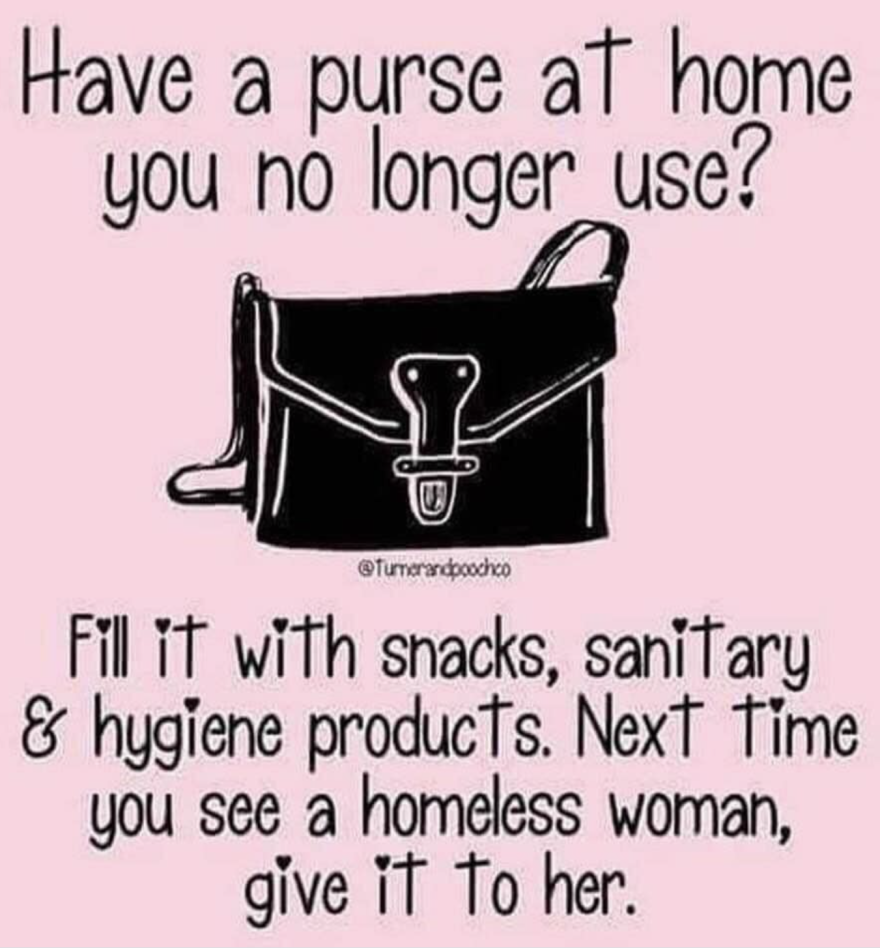During the pandemic, Kaua'i's roughly 500 homeless people were allowed to shelter in place in five zones located in parks across the island. Now that the public is back in the parks, the Shelter Zones are closing. Still, affordable housing options are few, according to Adam Roversi, Kaua'i Housing Director.
"We have a long-term affordable housing crisis on Kaua'i that we're doing our best with limited resources to address."

Pua Loke in Lihu'e has 54 affordable units set to open later this year. Waimea Huaka'i has 67 affordable rentals, and Lima Ola will have 38 affordable units for first-time buyers. As for getting off the street?
"Kaua'i has only one emergency shelter and it has, in regular times, just under 40 beds. Because of social distancing requirements, it's down to 19."
"We have a lot of people that live in the bushes."
Kaua'i homeless advocate Kealoha Matsuda founded the group Healing Kaua'i's Houseless and Community Needs last year when the Covid pandemic cut off a lot of the community services homeless people depend on. She estimates the campers at Lydgate Park in Lihu'e numbered well over 100 people at one point.
When that camp was cleared earlier this month, the Department of Hawaiian Home Lands allowed the remaining homeless to move to their parcel nearby for 30 days. Around 50 people were immensely relieved.
"I think about 38 are kupuna, and the rest are mentally disabled or disabled or a veteran," Matsuda says the last shelter zone, at Salt Pond, is known to have the most families.
"Many of the people that are without housing have disabilities," says Kaua'i Councilmember Felicia Cowden. She chairs the Public Safety and Human Services Committee and has experienced housing insecurity firsthand.

"I was a little relieved when they didn't want the move," Cowden says. "Because if somebody's blind, deaf, missing limbs or both feet, where do you safely take somebody like that, and set them and walk away? It's a real moral dilemma."
Cowden estimates there could be 4,000 to 5,000 homeless or housing insecure people on Kaua'i.
"We're in this giant game of musical chairs. Houses are vulnerable. Otherwise, if we don't take care of people who have dilapidated homes or challenges some way or another..."
"You know we have overcrowded houses," continues Cowden. "You can see nine cars in front of a three-bedroom house. They don't have money to remodel. Their brother came home with his wife and kids. They're like the people in the encampments. They're a community of people who are struggling together to make it work."
Meanwhile, real estate firm Locations says housing prices on the island are up 46% in a year—up 80% for condos.

"Now we have people who are fleeing the floods, the fires, the violence, the virus. Just in my zip code we probably have 20 billionaires. They're working virtually so they have an external way of making money."Kaua'i County Councilmember Felicia Cowden
"They're coming here to protect their kids. It's a much younger group of people than we've had. We have more children coming."
Cowden says they're filling in a middle to high income group that Kaua'i hasn't had.
"So now we're filling in that group that has a little bit more money. But they outcompete for the rentals, they outcompete for the purchases."
Cowden says she hasn't met anyone she doesn't like, but the influx is driving up costs for the island's most vulnerable people.
"Even if they got work retail or a counter at a food place, they're paying $20-$22 dollars an hour, maybe health insurance. You still can't afford to live on that."
Cowden says a number of homeless people at the Lydgate encampment had one or two jobs. The only remaining Shelter in Place site is at Salt Pond, 31 adults and 16 keiki have been there recently. It is set to close at the end of June.




